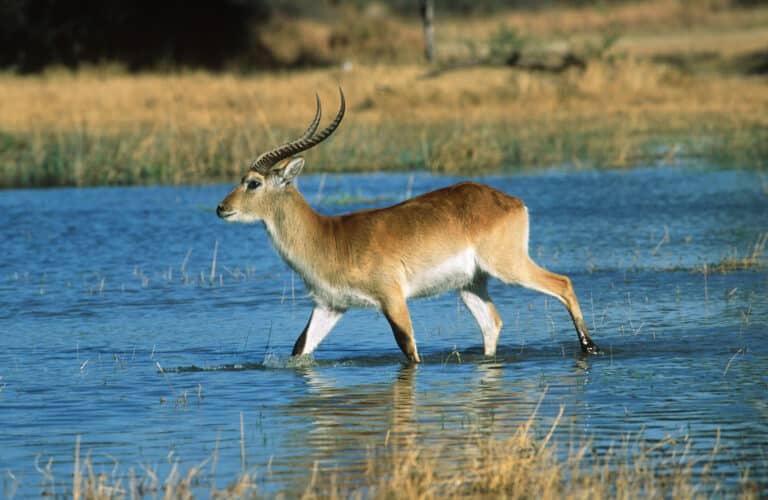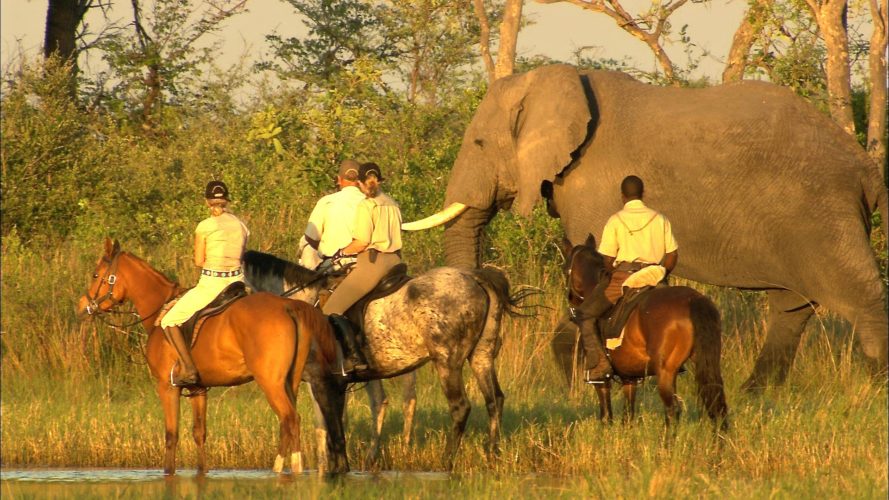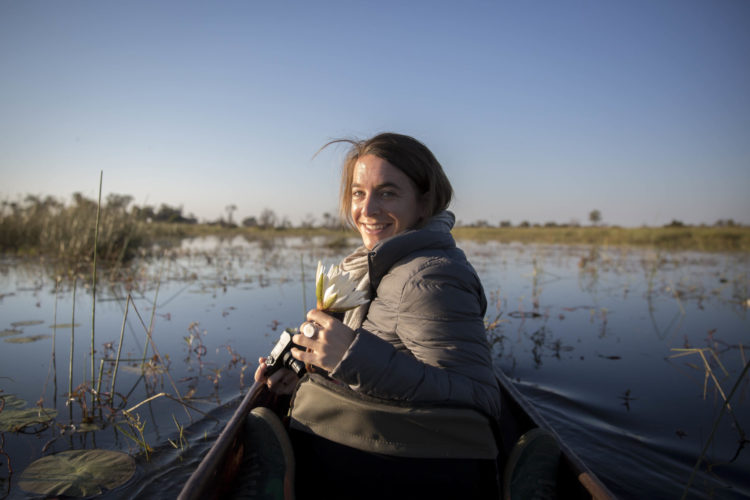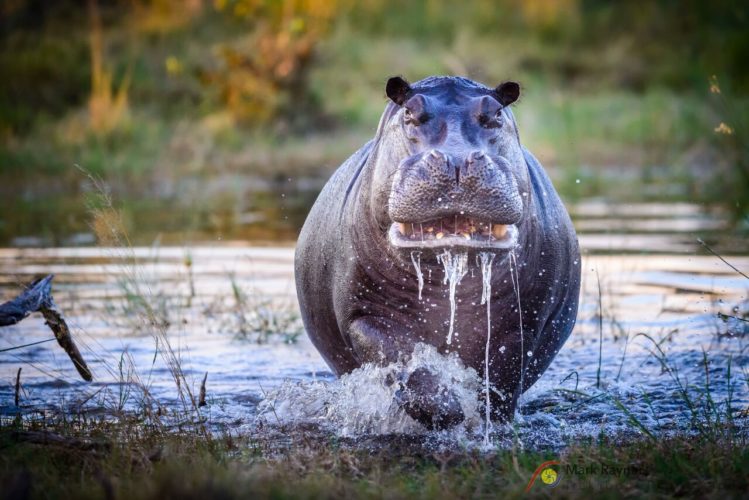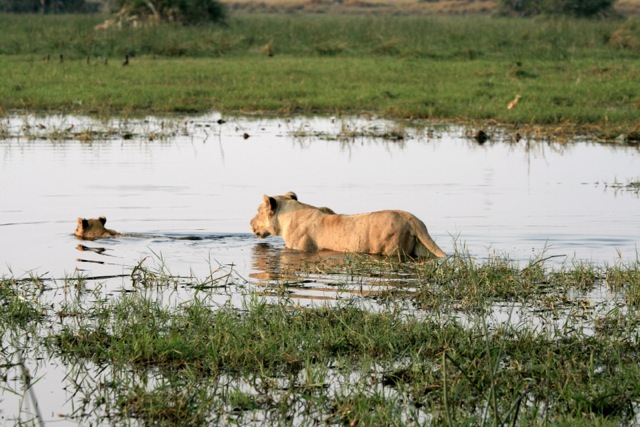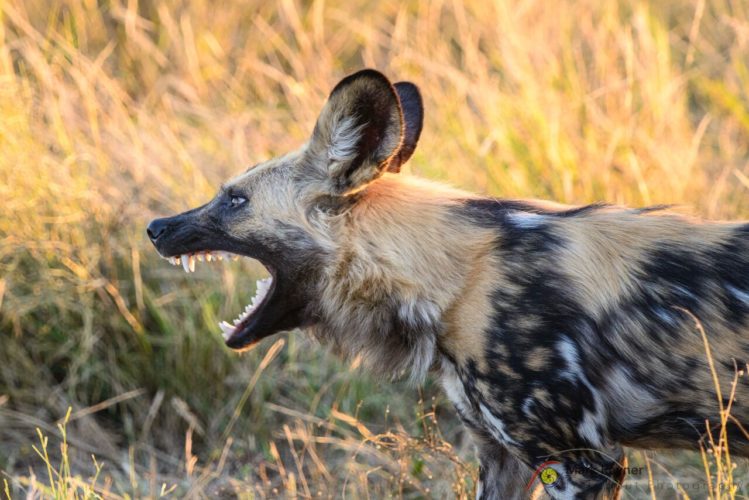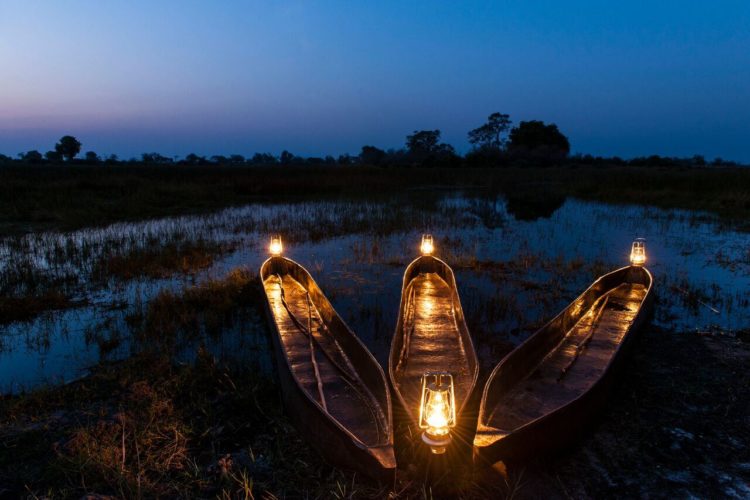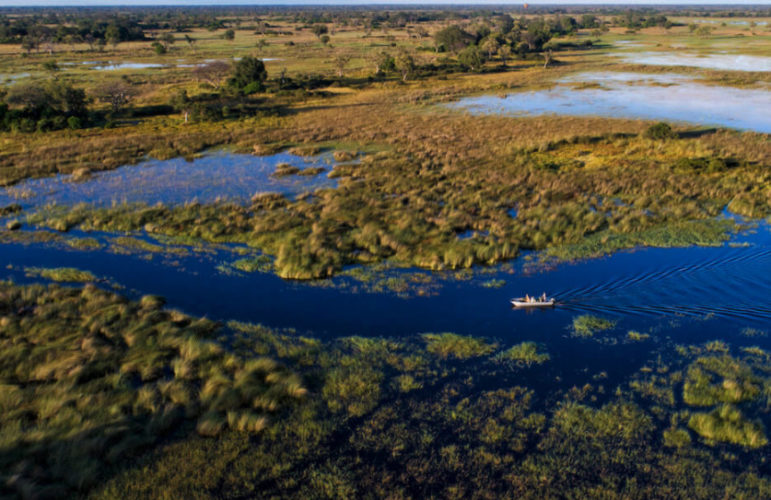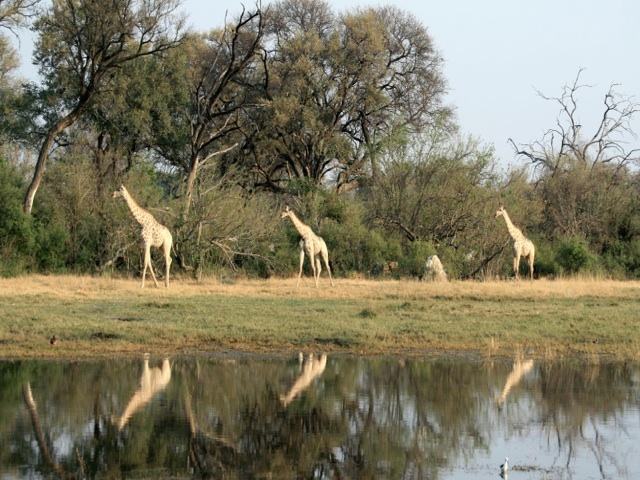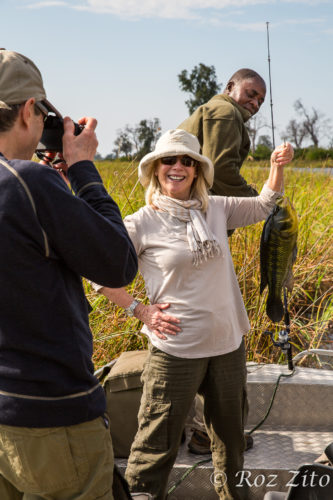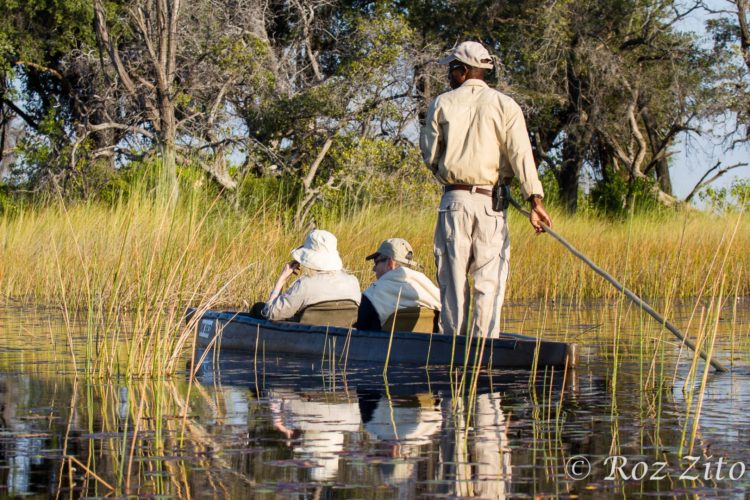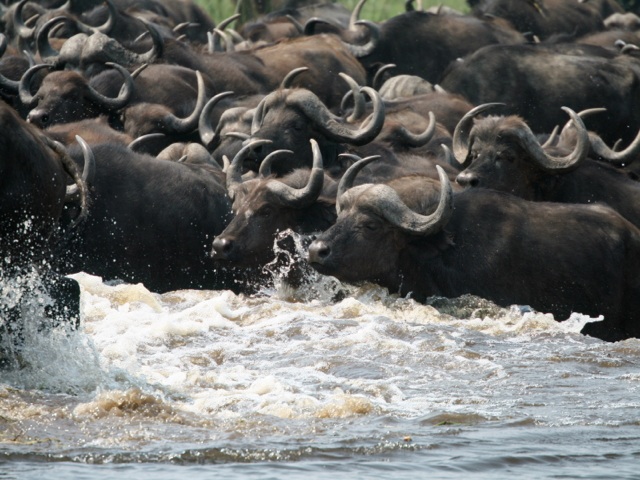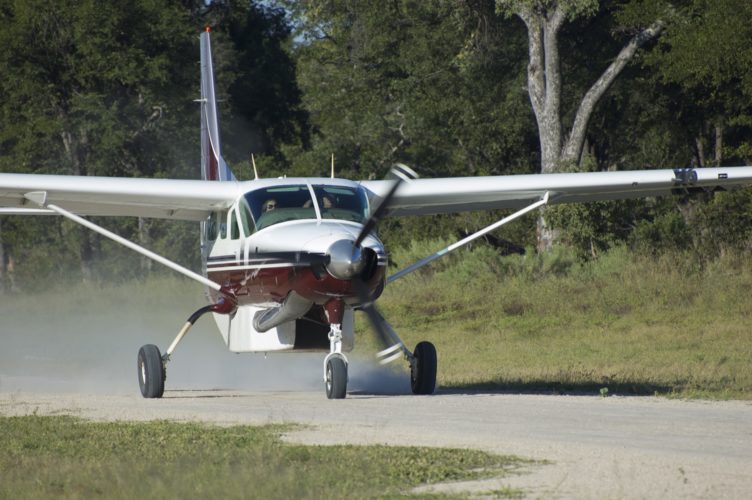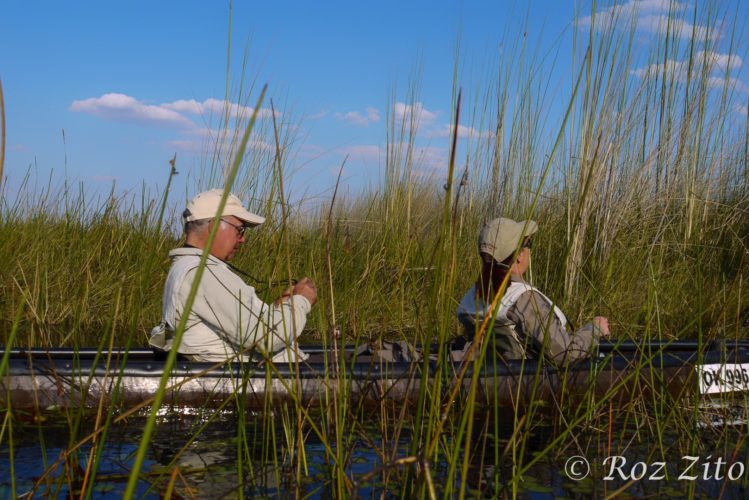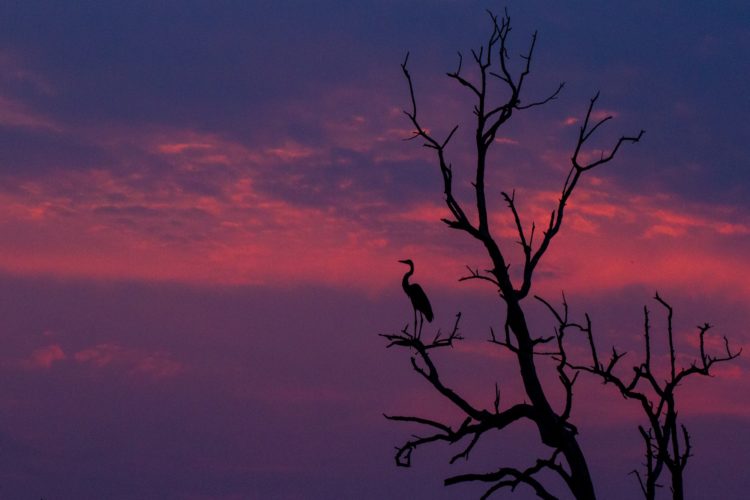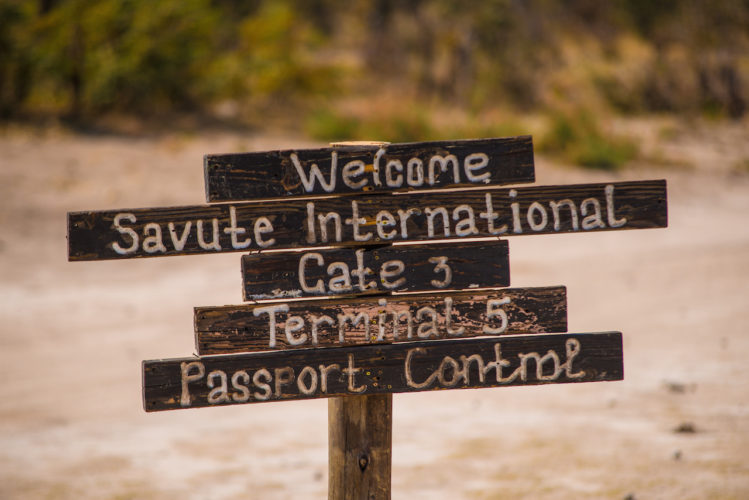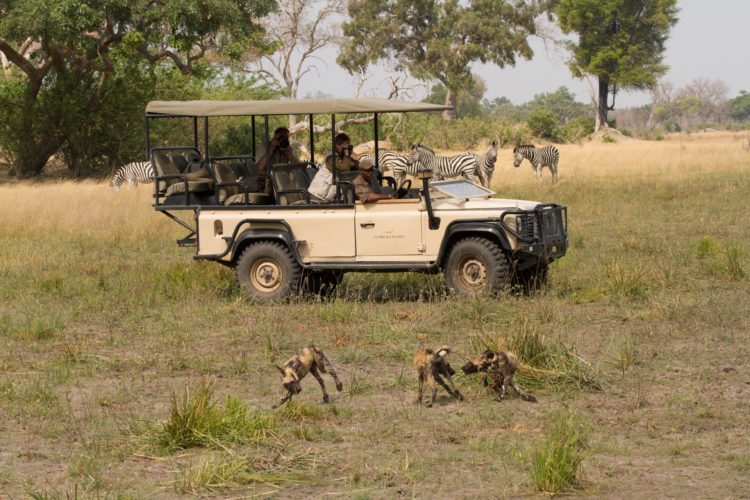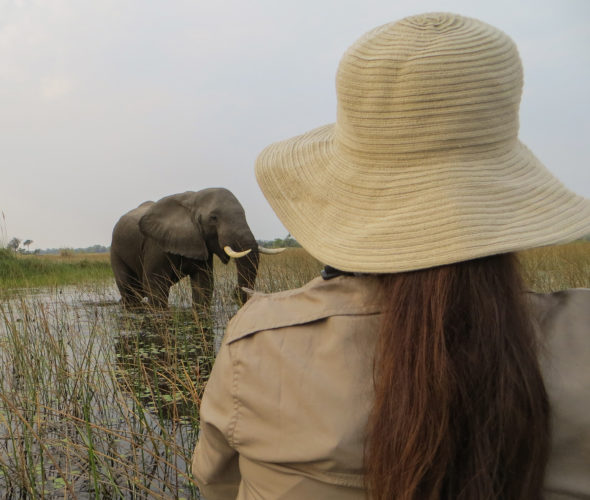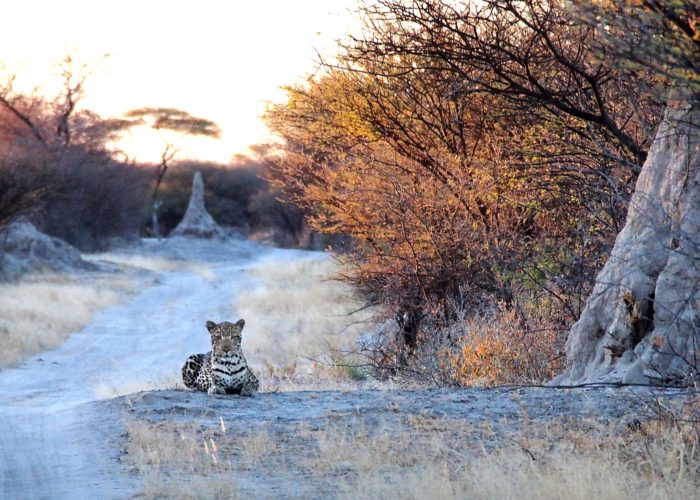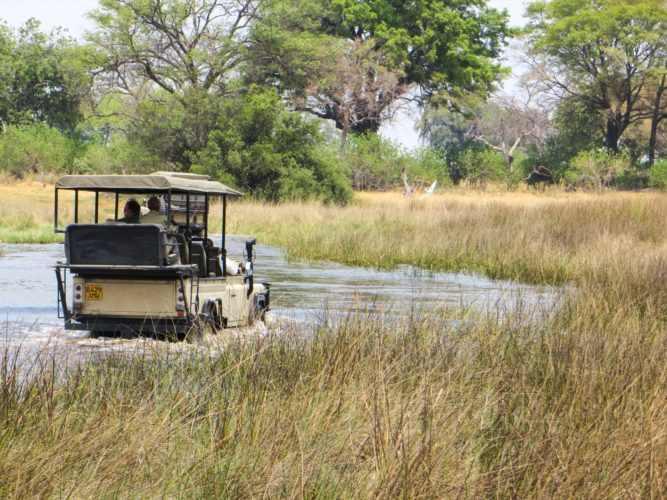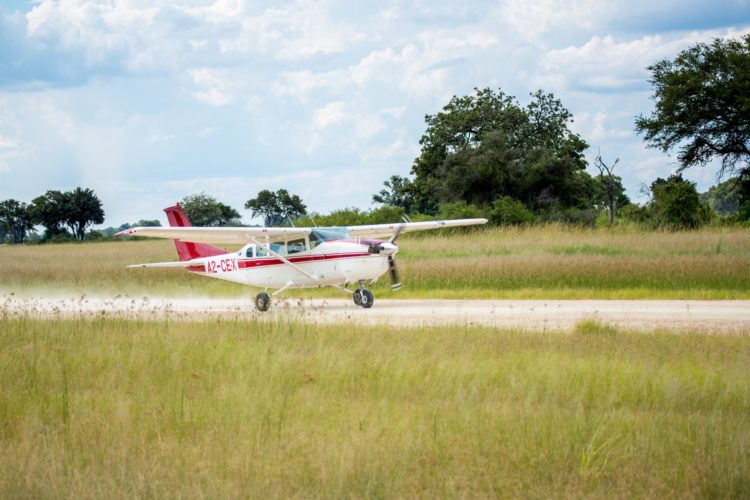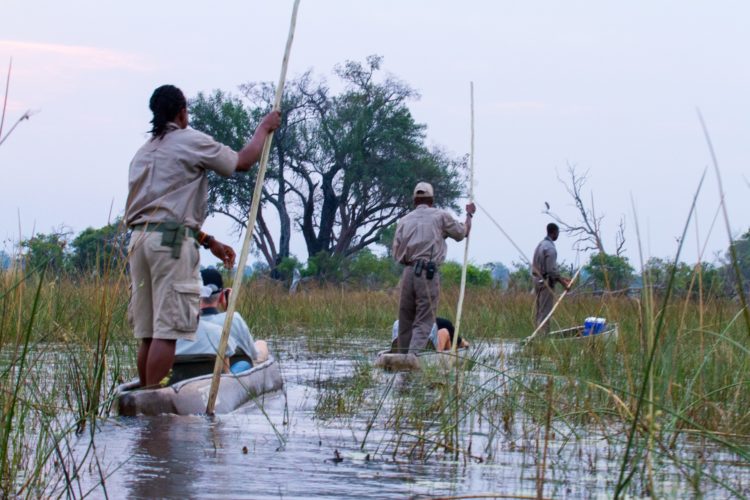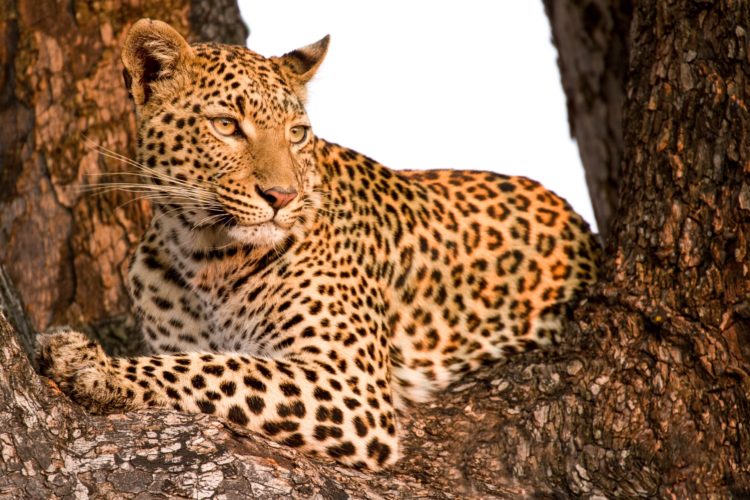Sometimes nature delivers a gift so profound it reshapes an entire landscape. That’s exactly what happened to Botswana’s Okavango Delta this year, when record-breaking floods transformed this wilderness into a safari paradise that are set to define extraordinary experiences well into 2026. So what are you waiting for! Let’s get you booked for the Delta. There’s still space in 2025 and 2026.
The flood that changed everything
Every year, summer rains from Angola’s highlands embark on an epic 1,000-kilometre journey to reach the Okavango Delta. But 2025 was different. Exceptionally heavy upstream rains, amplified by a La Niña weather pattern and significant local rainfall, created the highest flood levels in nearly a decade.
At Mohembo gauging stations, river levels rose by more than 1.3 metres, a figure not witnessed since the remarkable floods of 2017. This abundance of water has breathed new life into dormant floodplains, awakened hidden channels that lay dry for years, and restored the delicate balance of one of Earth’s most precious ecosystems.
Wildlife awakens to abundance
With water comes life, and the delta has certainly exploded with activity. Previously sparse floodplains now flourish as lush grazing grounds, drawing thousands of red lechwe antelope to their rejuvenated home. Elephants have returned to explore newly filled channels, wading through shimmering lagoons whilst feasting on replenished vegetation.
The predator kingdom is equally thriving. Lions, leopards and wild dogs are capitalising on this bounty as prey congregates in these rich, food-filled areas. Above, the skies teem with over 400 bird species, from the rare wattled cranes to brilliant carmine bee-eaters nesting along revitalised riverbanks.
For photographers, this creates dream conditions where every flood-reflected sunrise and wildlife-dotted horizon offers scenes that will be remembered for decades.
Maun’s remarkable resurrection
The Thamalakane River, which flows through Maun, the gateway to the delta had struggled with minimal flows for years. The 2025 record flood has changed all that, with waters surging past the Matlapaneng Bridge and reconnecting Maun’s waterways to the greater delta system.
This resurgence means travellers now have enhanced water-based safari access from the moment they arrive, opening up immediate opportunities to experience Botswana’s natural splendour.
Why 2026 presents an unmissable opportunity
The effects of these transformational floods will define safari experiences throughout 2026. Here’s what makes next year so special:
Extended water safari seasons:
High, stable water levels will keep remote channels accessible well into 2026, unlocking waterways that offer the most pristine wilderness encounters.
Exceptional wildlife concentrations:
Rejuvenated floodplains act as magnets for wildlife, creating more frequent and dramatic sightings of the Delta’s iconic species.
Unparalleled photographic conditions:
Open landscapes, mirror-like channels and golden sunsets combine to create opportunities that wildlife photographers dream of.
A rare window:
Record flood years arrive infrequently, and when they do, they leave behind a landscape that pulses with life for months to come.
The time to plan a Botswana safari is now
With the Okavango Delta displaying its full glory after years of anticipation, demand for 2026 safaris is already building. The combination of exceptional wildlife viewing, pristine waterways and stunning photographic opportunities creates conditions that serious safari enthusiasts recognise as truly special.
This represents more than just another safari year, it’s a chance to witness one of Africa’s greatest wilderness areas operating at its absolute peak. The floods of 2025 have set the stage for what promises to be one of the most memorable safari seasons in recent history.
For those seeking to experience Botswana’s crown jewel at its most vibrant and alive, 2026 beckons as the year when nature’s patient preparation meets perfect timing.
